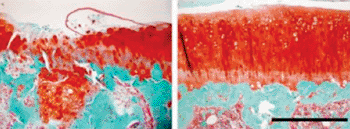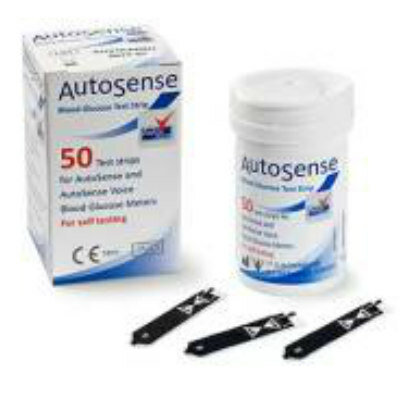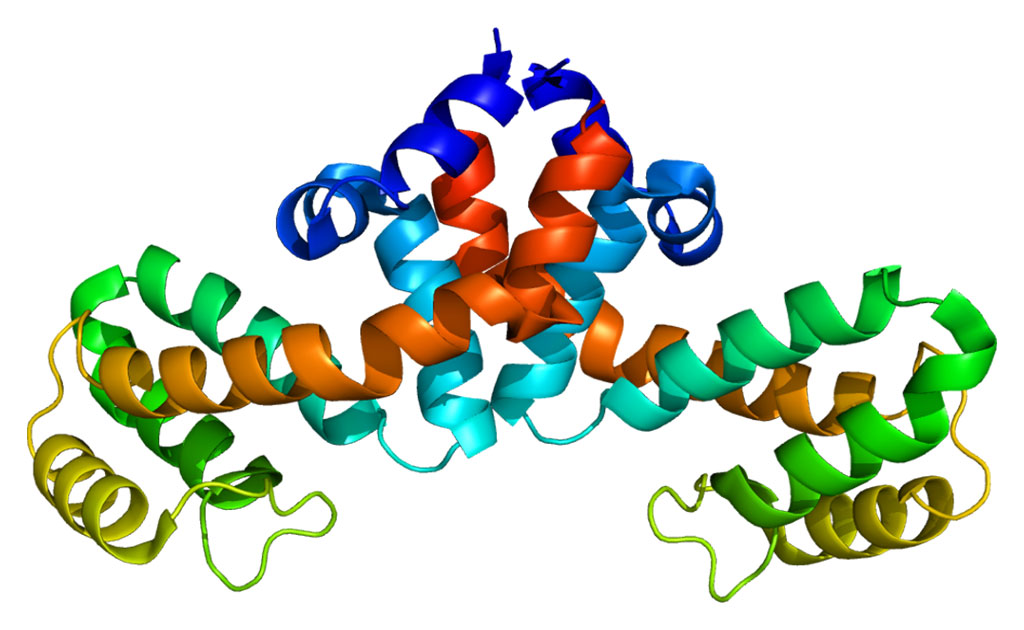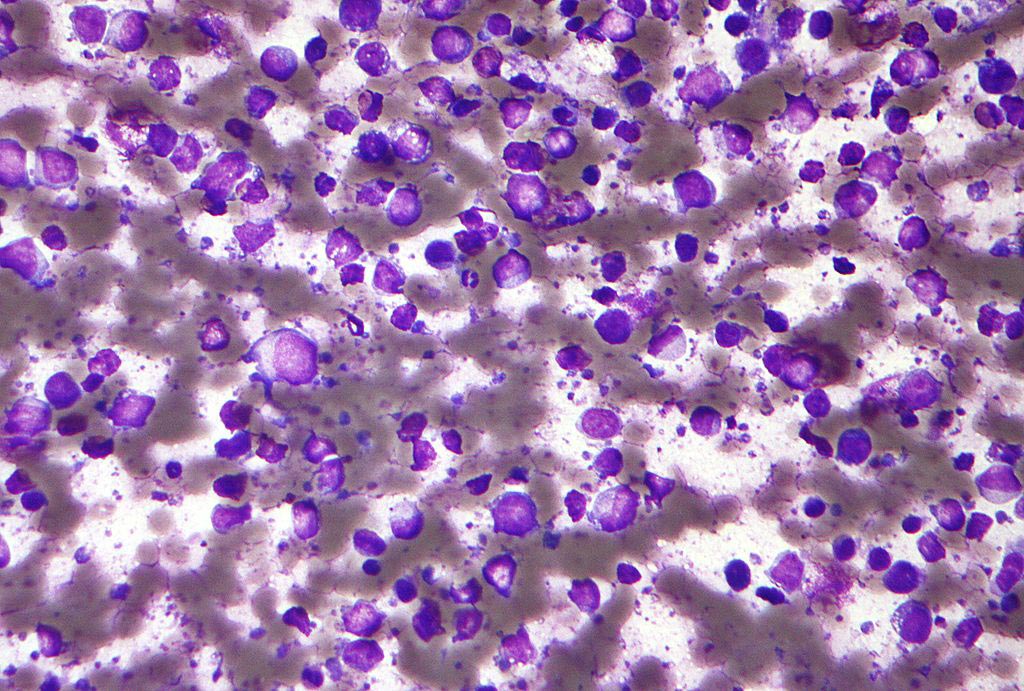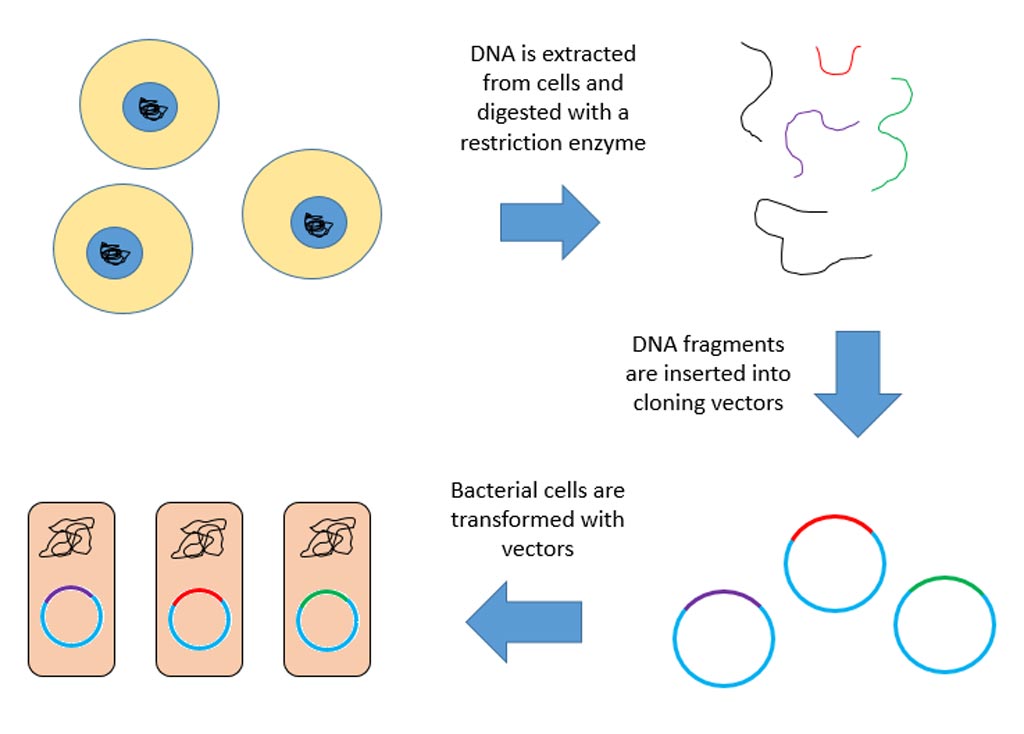Development of Osteoarthritis Accelerated by Molecular Changes in the Bones
By LabMedica International staff writers
Posted on 28 May 2013
Development of osteoarthritis, a disease of the joints caused by degeneration of the cartilage, may depend as much on molecular changes in the underlying bone as it does on injury sustained by the cartilage.Posted on 28 May 2013
Osteoarthritis is a highly prevalent and debilitating joint disorder thought to originate from instability in the load-bearing joints of the knee and hip caused by injury or strain. There is no effective medical therapy for the condition because of limited understanding of its pathogenesis.
Investigators at Johns Hopkins University (Baltimore, MD, USA) felt that development of osteoarthritis must also be related to the changes in the underlying bone. To study this concept they worked with both bone cell cultures and a mouse osteoarthritis model.
They reported in the May 19, 2013, online edition of the journal Nature Medicine that ligament injury triggered damage in the subchondral bone that activated high levels of TGF-beta1 (transforming growth factor-beta1) protein, which recruited stem cells to the site so that they could create new bone to repair the damage. The additional bone stressed the cartilage above it and increased the rate of cartilage deterioration.
In the mouse model, it was seen that transgenic expression of active TGF-beta1 in osteoblastic cells induced osteoarthritis, whereas inhibition of TGF-beta activity in subchondral bone attenuated cartilage degeneration. In particular, knockout of the TGF-beta type II receptor (TbetaRII) led to less development of osteoarthritis relative to wild-type mice.
"If there is something wrong with the leg of your chair and you try to fix it by replacing the cushion, you have not solved the problem," said senior author Dr. Xu Cao, professor of orthopedic surgery at Johns Hopkins University. "We think that the problem in osteoarthritis is not just the cartilage "cushion,” but the subchondral bone underneath. That helped us to see the ways in which the bone was responding to changes in the cartilage and exacerbating the problem."
"Our results are potentially really good news for patients with osteoarthritis," said Dr. Cao. "We are already working to develop a clinical trial to test the efficacy of locally applied TGF-beta1 antibodies in human patients at early stages of osteoarthritis. If successful, this nonsurgical treatment could make osteoarthritis - and the pain and debilitation it causes - halt in its tracks."
Related Links:
Johns Hopkins University



